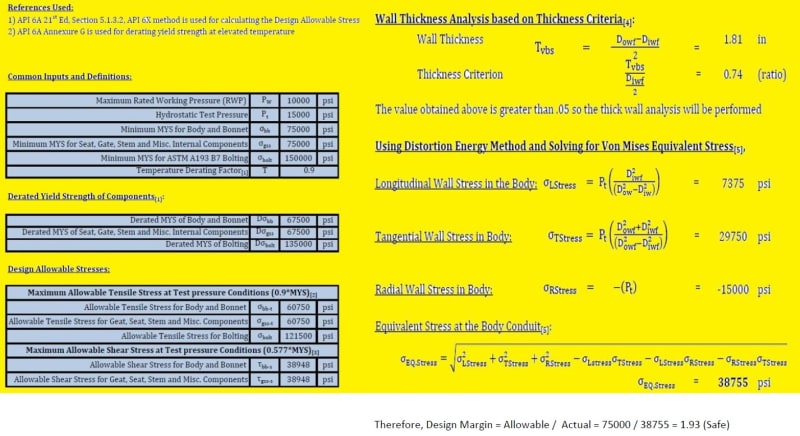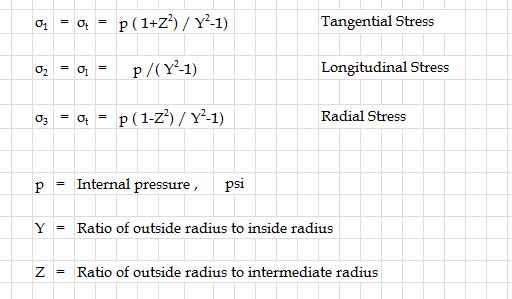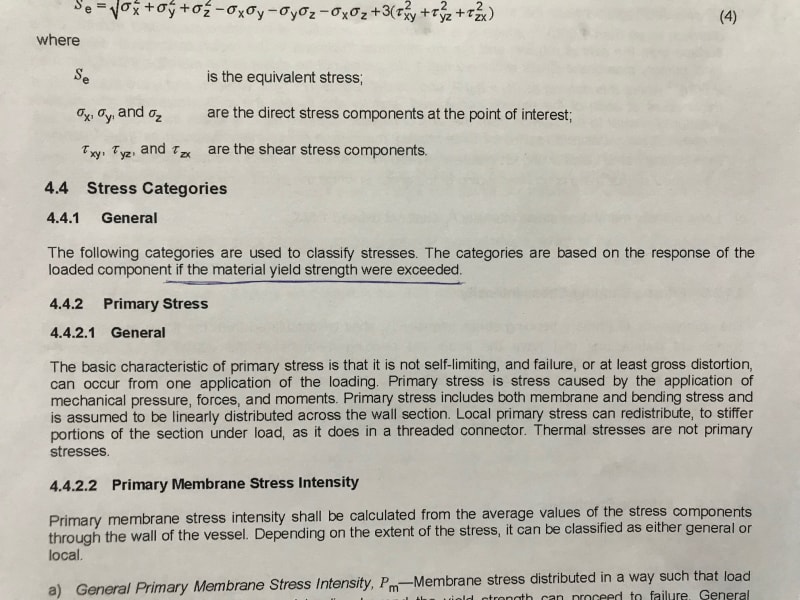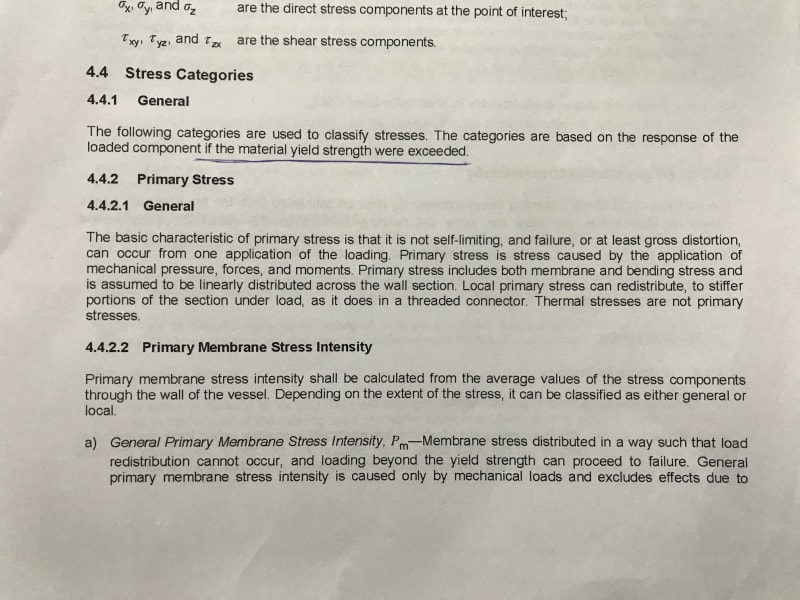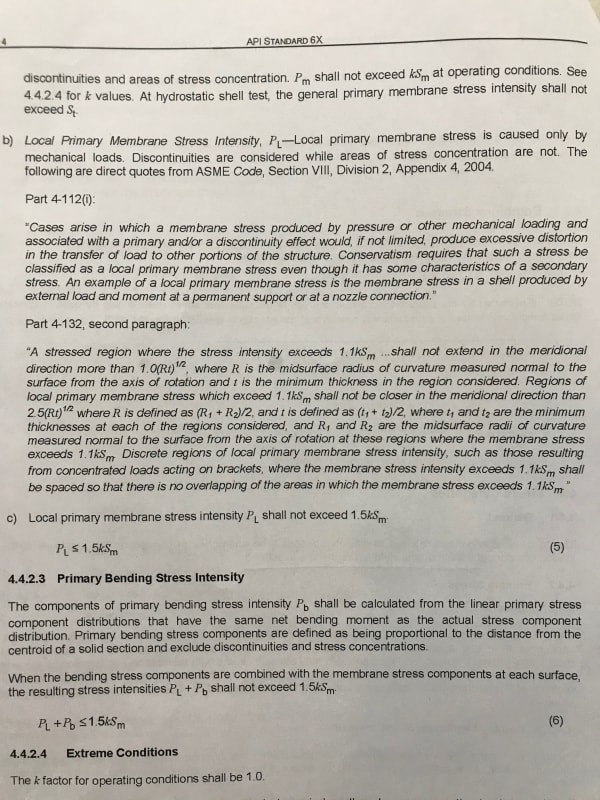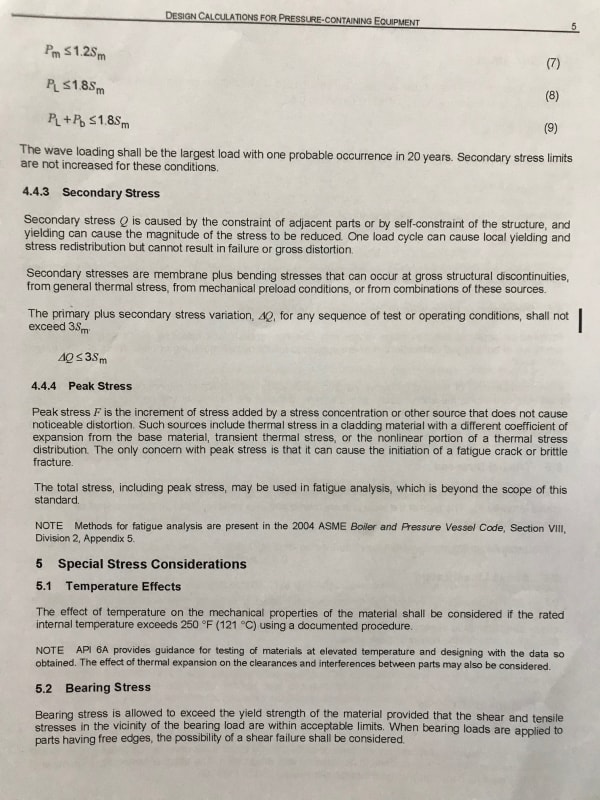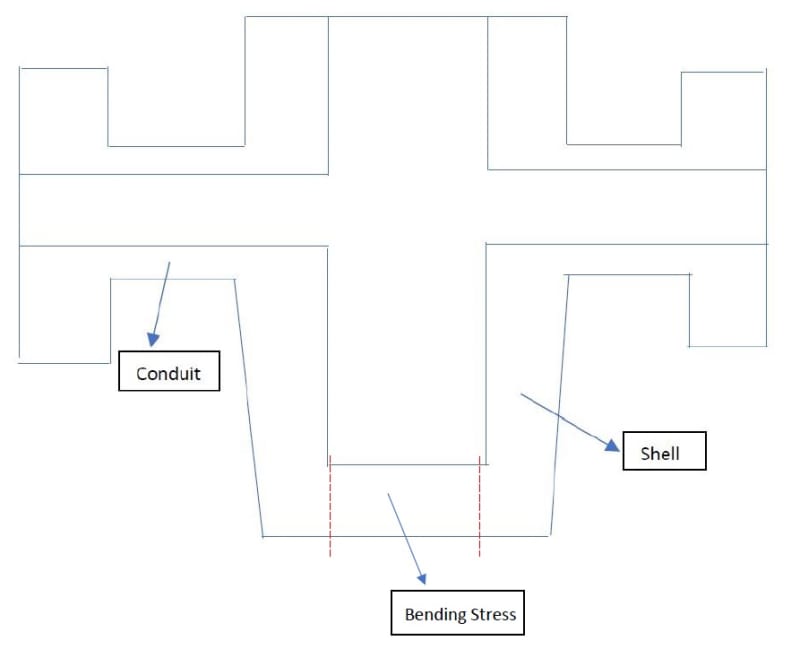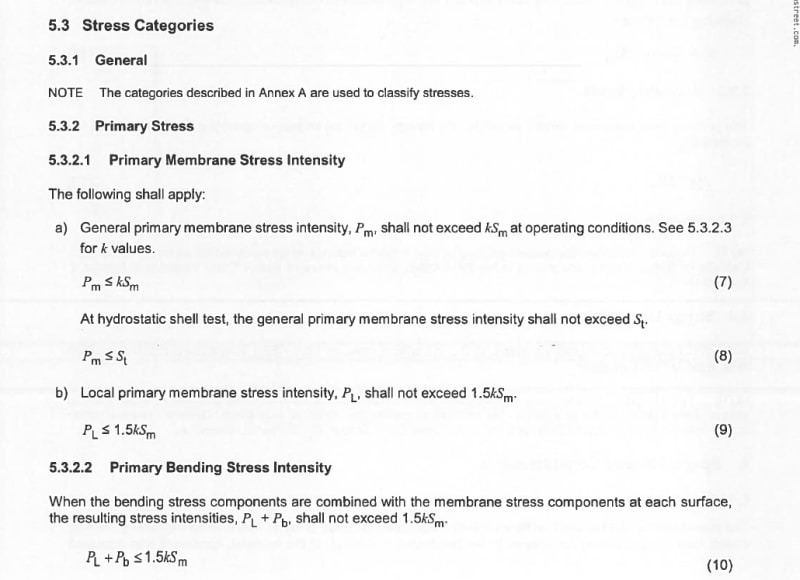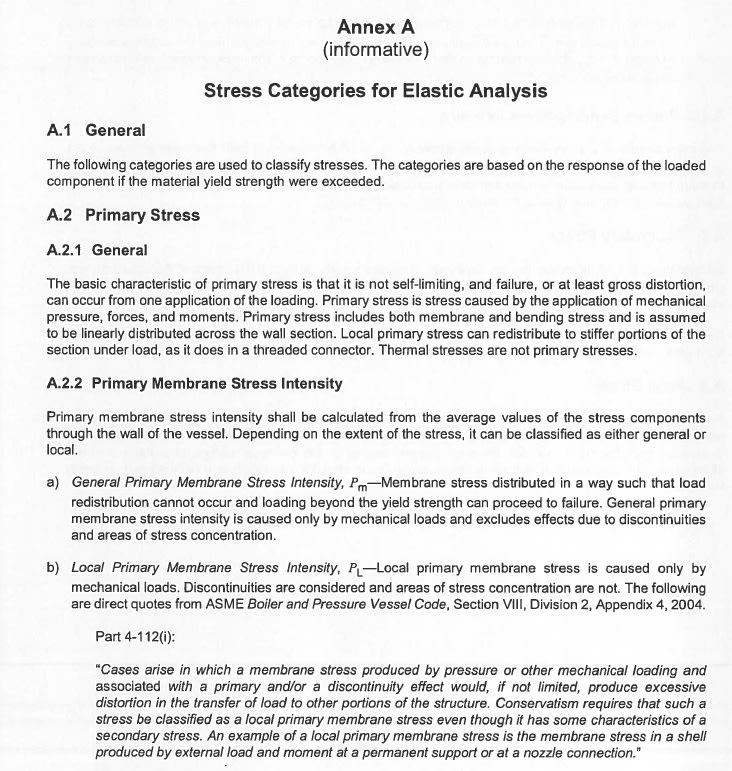-
1
- #1
HansonBoye
Mechanical
Hi,
I am new to designing gate valves to API 6A 21st edition standard.
In the process of performing design calculation, I have few questions for which I am looking for answers.
1) When defining the design allowable stresses for pressure vessel calculation or wall thickness sizing, I am using API 6X method to calculate the design allowable stresses ie., 2/3*Sy for working pressure and 0.9*Sy for Test pressure conditions. But for the main calculation, i am following Von mises equivalent stress method or distortion energy theory method by combining triaxial stresses. Is it allowed to mix these two methods to arrive at equivalent stress?
2) How to calculate the allowable tensile stress? I have found through online resources that had .83*Sy to calculate maximum allowable tensile stress for body , bonnet, gate, seat, stem, and misc components. The calculation results were compared to this allowable tensile value to arrive at FoS.
I couldn't find anywhere that .83*Sy will give an allowable tensile value? is this correct or please let me know if otherwise.
3) Is it necessary to do compressive bearing stress calculation for seat to gate and seat to body interface for a valve with gate/stem that has a threaded connection? the reason i ask is when using a T-Nut style connection with a floating gate this becomes far more applicable, but not sure for a threaded connection.
Thanks.
Hanson
I am new to designing gate valves to API 6A 21st edition standard.
In the process of performing design calculation, I have few questions for which I am looking for answers.
1) When defining the design allowable stresses for pressure vessel calculation or wall thickness sizing, I am using API 6X method to calculate the design allowable stresses ie., 2/3*Sy for working pressure and 0.9*Sy for Test pressure conditions. But for the main calculation, i am following Von mises equivalent stress method or distortion energy theory method by combining triaxial stresses. Is it allowed to mix these two methods to arrive at equivalent stress?
2) How to calculate the allowable tensile stress? I have found through online resources that had .83*Sy to calculate maximum allowable tensile stress for body , bonnet, gate, seat, stem, and misc components. The calculation results were compared to this allowable tensile value to arrive at FoS.
I couldn't find anywhere that .83*Sy will give an allowable tensile value? is this correct or please let me know if otherwise.
3) Is it necessary to do compressive bearing stress calculation for seat to gate and seat to body interface for a valve with gate/stem that has a threaded connection? the reason i ask is when using a T-Nut style connection with a floating gate this becomes far more applicable, but not sure for a threaded connection.
Thanks.
Hanson

